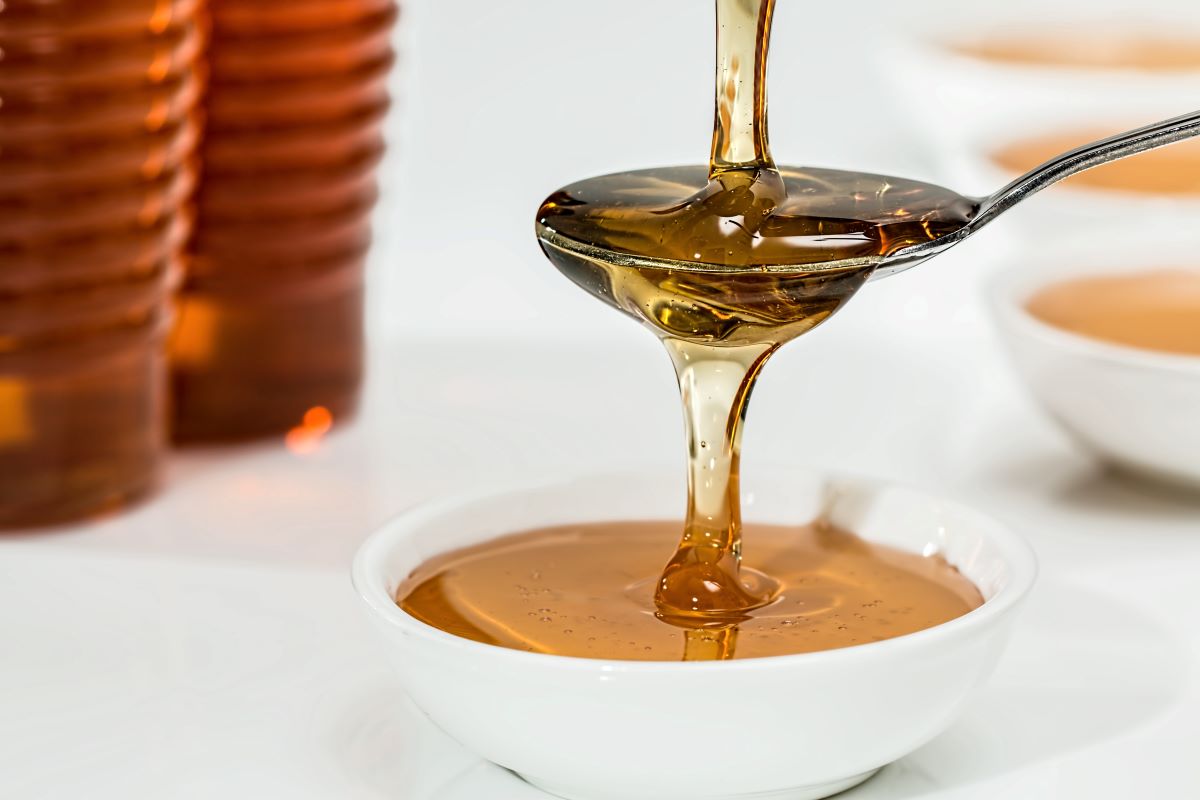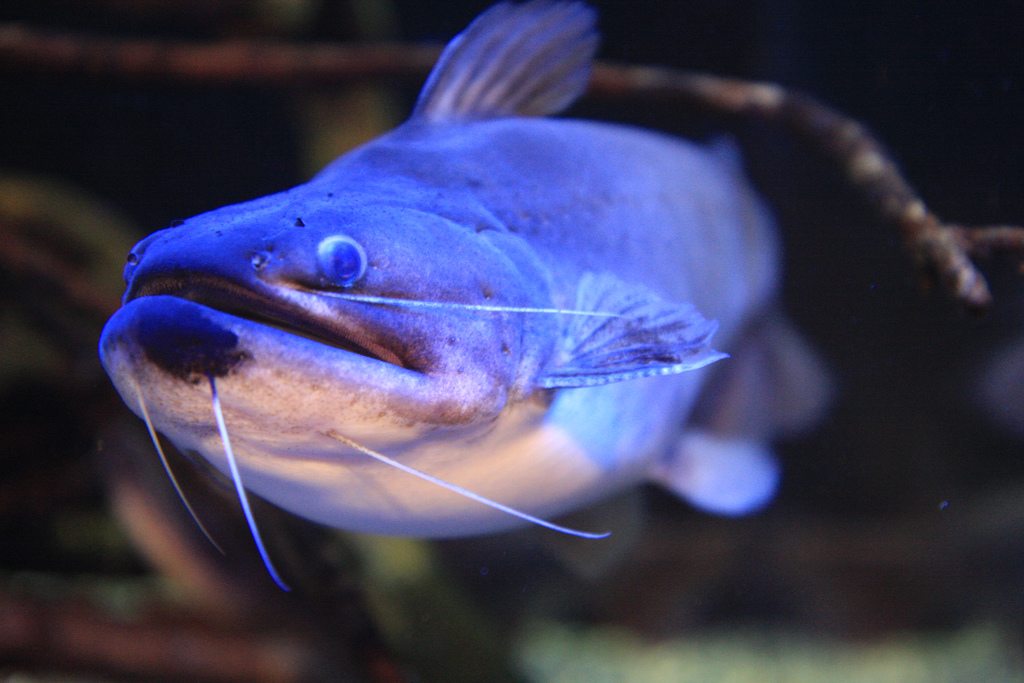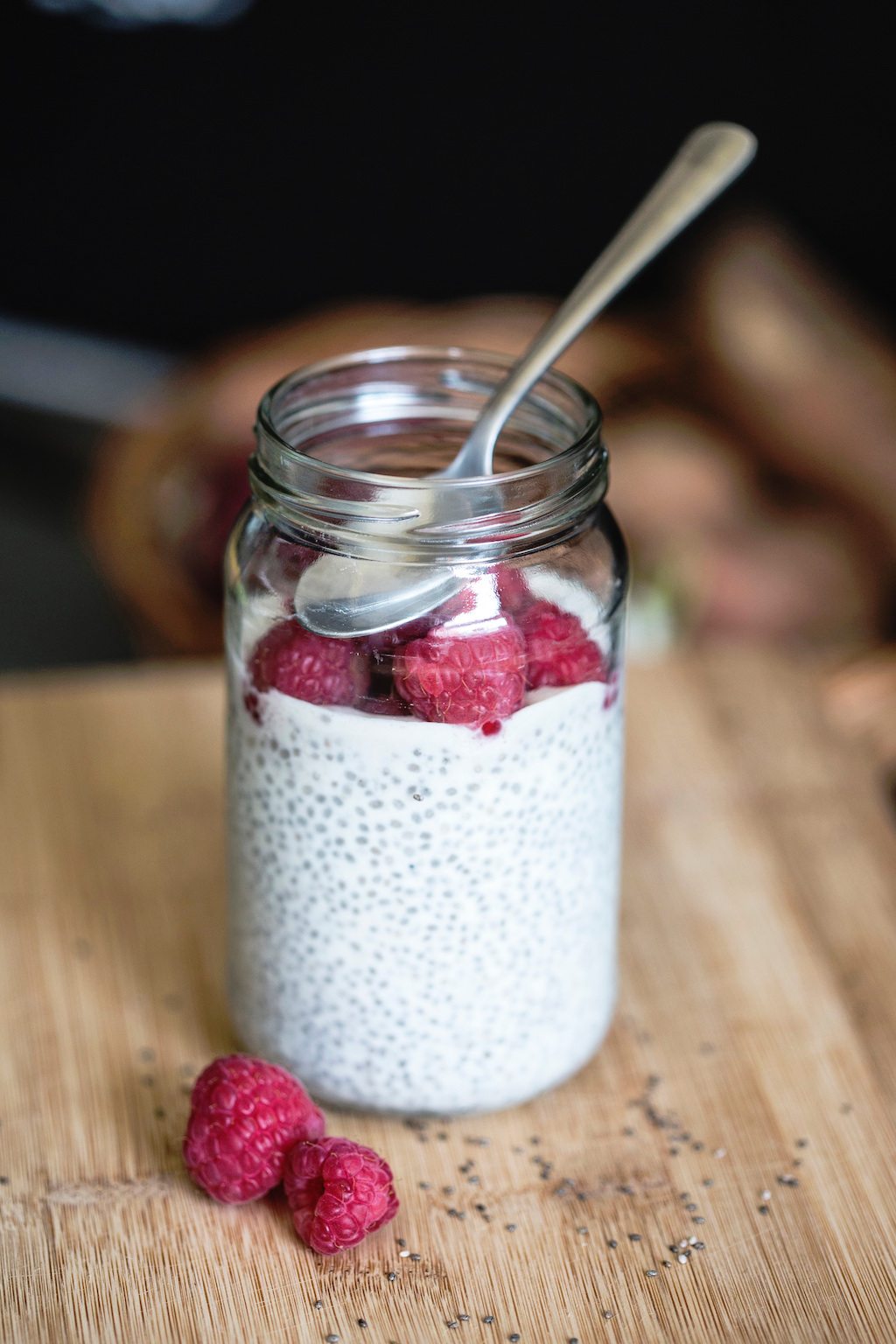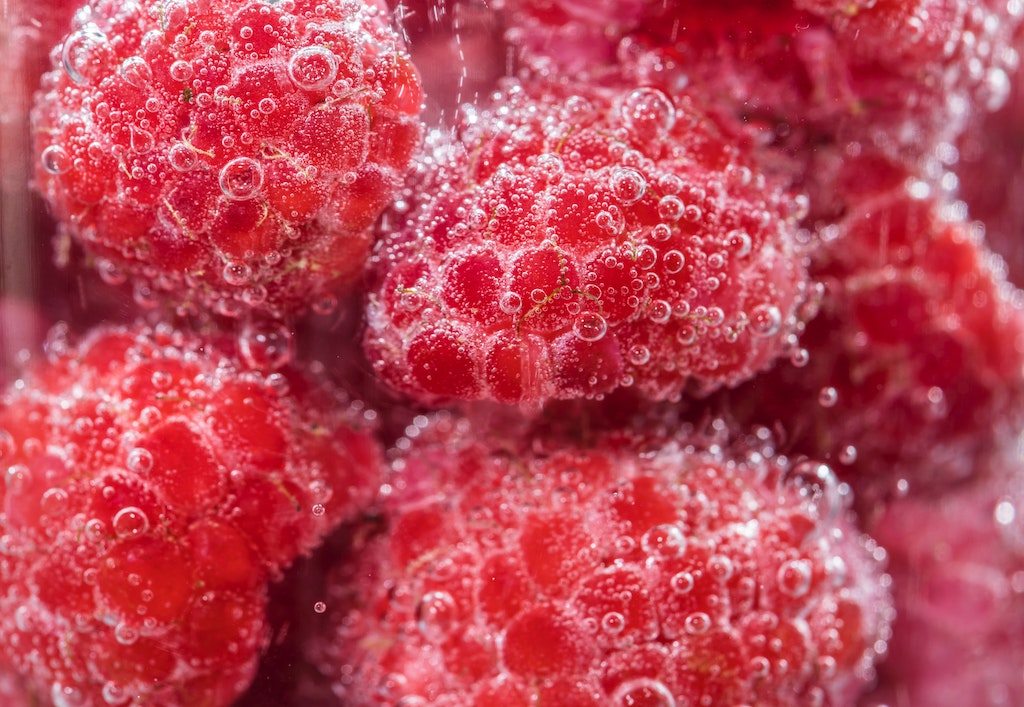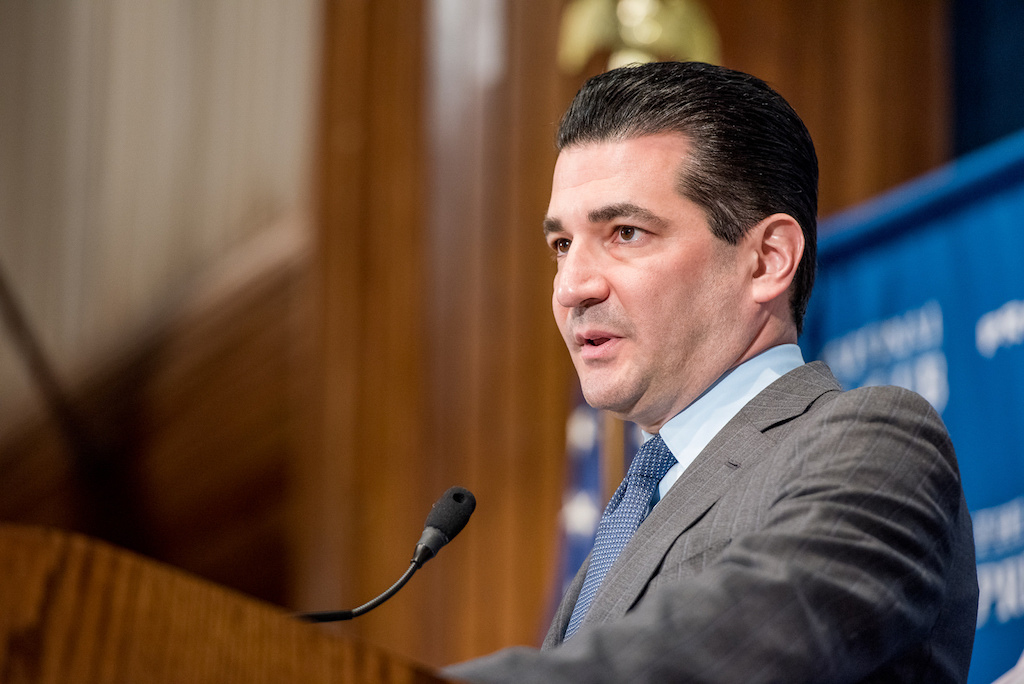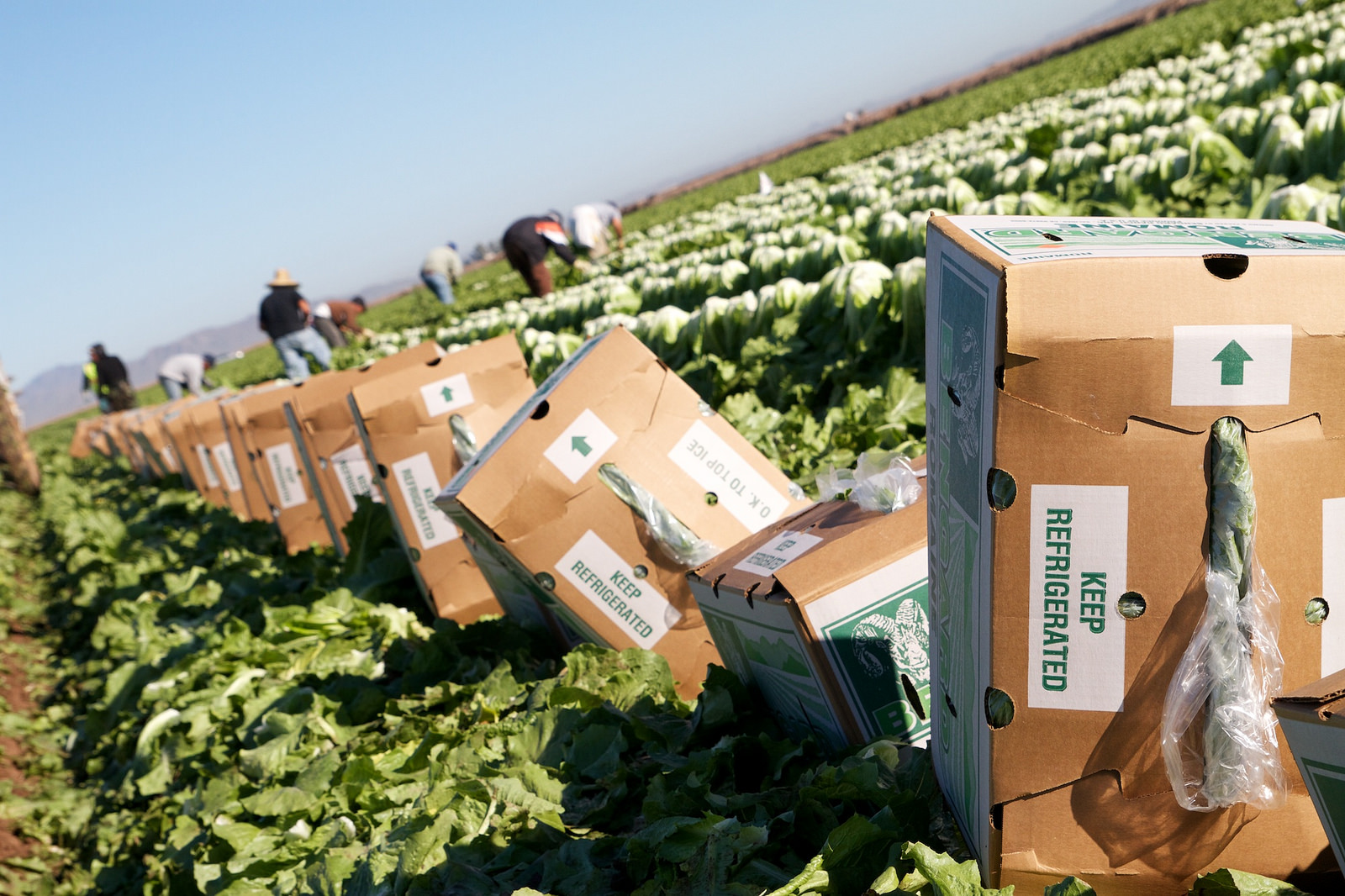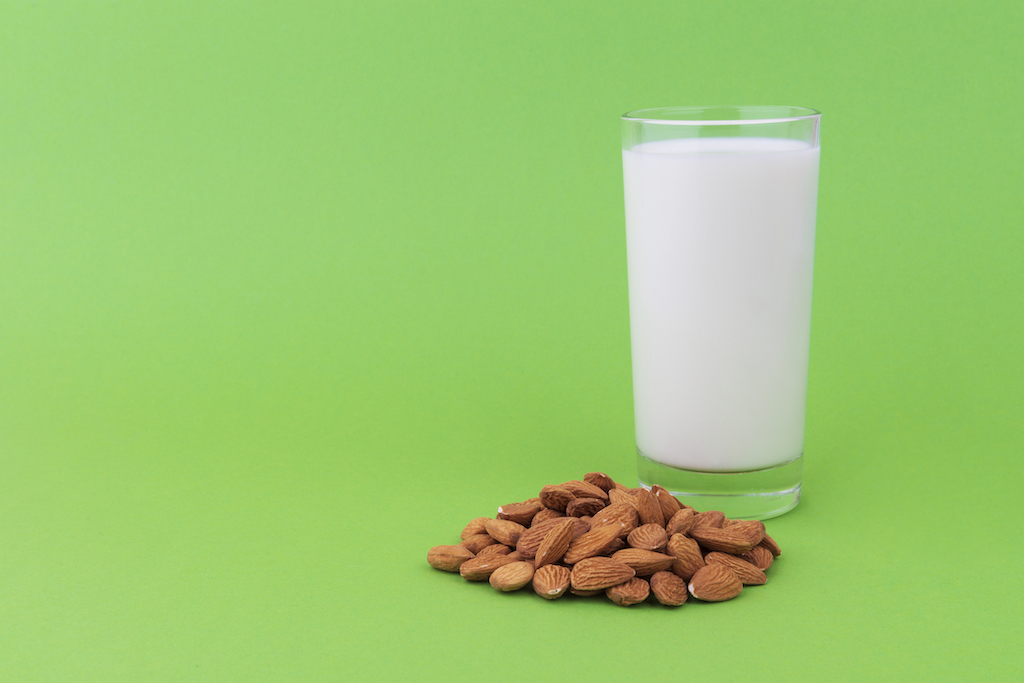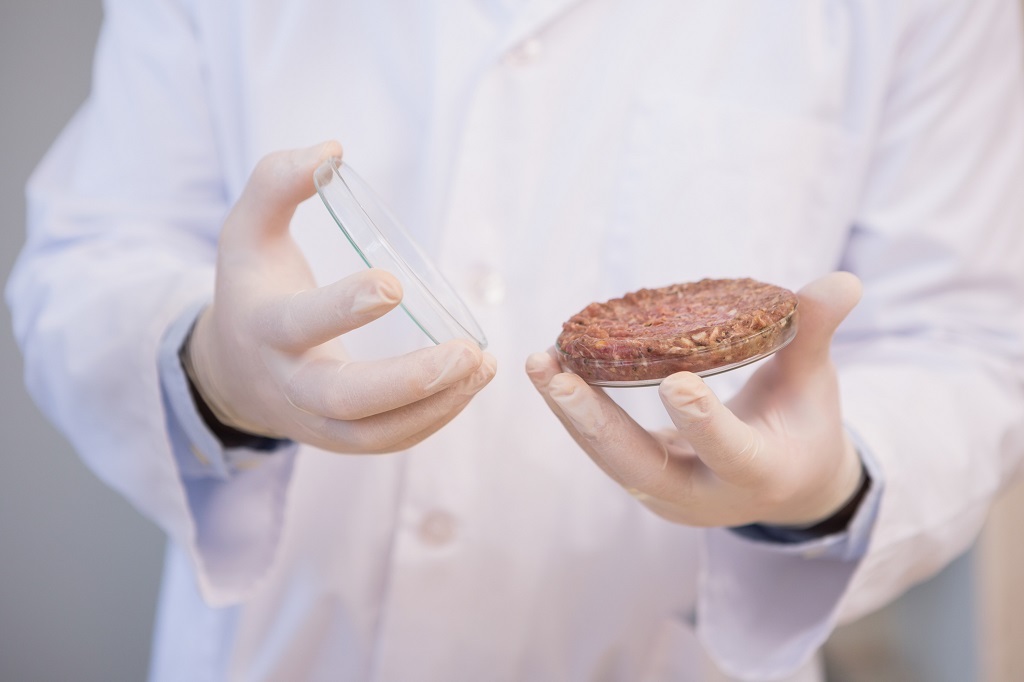
LightFieldStudios / iStock
Less than seven months from now, food producers will be required to include “added sugar” counts on packaged food as part of a 2016 rehaul of nutrition facts labels. That’s a big deal for eaters, who will presumably be able to make better-informed choices, and also for manufacturers, who will have to disclose exactly how much sweetener they add to food.
One out of every three Americans have higher blood sugar levels than normal, according to the Centers for Disease Control and Prevention (CDC). The “added sugar” labeling requirement was implemented as a means to help eaters consume fewer calories from sugar. According to the Food and Drug Administration (FDA), an “added sugar” includes any sugars, syrups, and fruit juices that are added to processed foods.
However, in the eyes of FDA, some sugars are healthier than others. In mid-April, the agency drafted a proposal to allow producers to use a little-known sweetener called “allulose” without counting it as an “added sugar.” Allulose is a naturally occurring sugar that can be derived from dried figs, raisins, and wheat, or manufactured artificially, FDA said in its draft guidance. It also contains significantly fewer calories per gram compared to table sugar.
Allulose has received very little attention until recently. Few media outlets outside of industry publications have covered FDA’s proposed exemption. A handful of dieting sites have fawned over the ingredient. But for the most part, I can’t find a lot of reporting on it.
Looking closer at Tate & Lyle’s citizen petition, I found that most of its studies were conducted on a fairly low number of participants. The company worked with a pool of just eight men in a non-randomized experiment to test the extent to which allulose was metabolized in the human body. Seven of the participants peed out over 80 percent of the allulose they ingested within a week. Tate & Lyle counted the one who did not as an outlier.
The company also conducted three experiments to observe allulose’s impact on blood sugar levels. In each, average blood sugar levels did in fact remain stable after consuming allulose. In comparison, levels rose and fell after consuming glucose, a popular sugar found in honey, corn syrup, and fruit. The experiments were conducted on small groups of no more than 12 adults each.
For its part, FDA said it considered not only the evidence in Tate & Lyle’s petition, but another submitted by a Food Lawyers—law firm representing food businesses—and other studies it deemed relevant. A list of those can be found here.
What’s Tate & Lyle’s skin in the game? In 2017, the company released an allulose-based sweetener product called Dolcia Prima. In an interview with Food Navigator, Tate & Lyle executive Abigail Storms said that the product was derived from corn-based sugar and then chemically converted into allulose.
Perhaps part of the reason that Americans know so little about allulose is that it’s not a very popular additive yet. But that may soon change. Behind the scenes, a handful of big food companies are gearing up to introduce allulose into the American food system. Ingredion, a major U.S.-based ingredient producer, partnered with Japanese starch manufacturer Matsutani Chemical Industry Co. to introduce an allulose product called Astraea to American eaters at some point in 2019. A Georgia-based food company called KNOW Foods already sells low-carb waffles, chocolate chips, and syrups made with allulose. You can even get cans of the ingredient on Amazon.
Though the allulose exemption is the first carve-out of the “added sugar” labeling requirement, it’s not likely to be the last. FDA is also considering a revision to the way products like maple syrup are required to declare “added sugar” content when they are, in fact, all sugar in and of themselves. NFE columnist Pat Clinton has outlined the regulatory quandary of doing so here.
Anyways, back to allulose. You have until June 17, 2019, to add your thoughts on the draft proposal and you can do so here.

